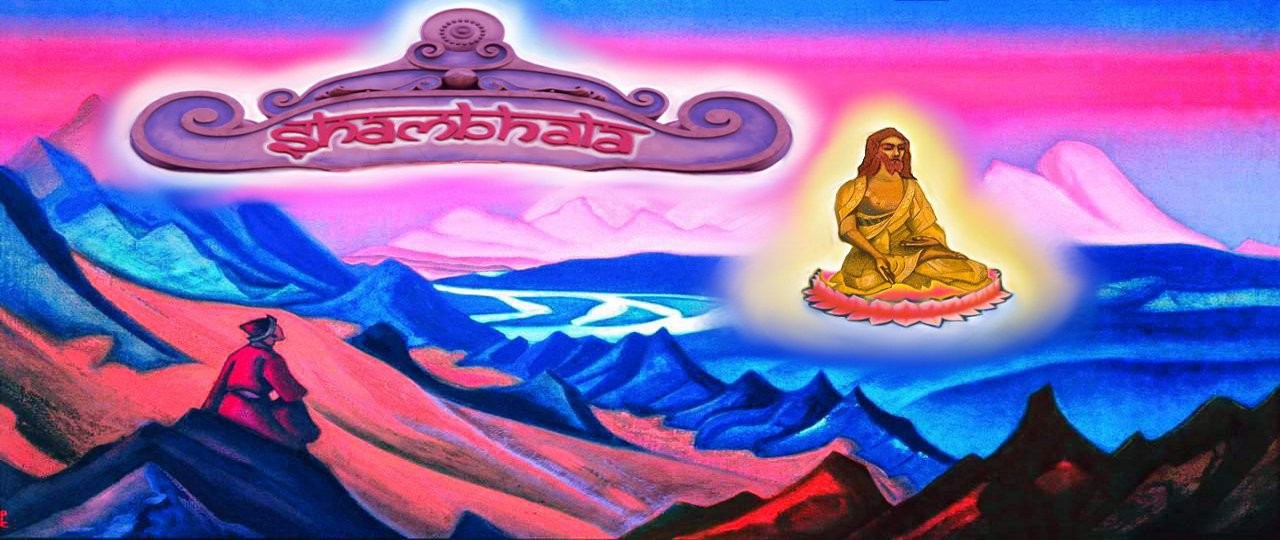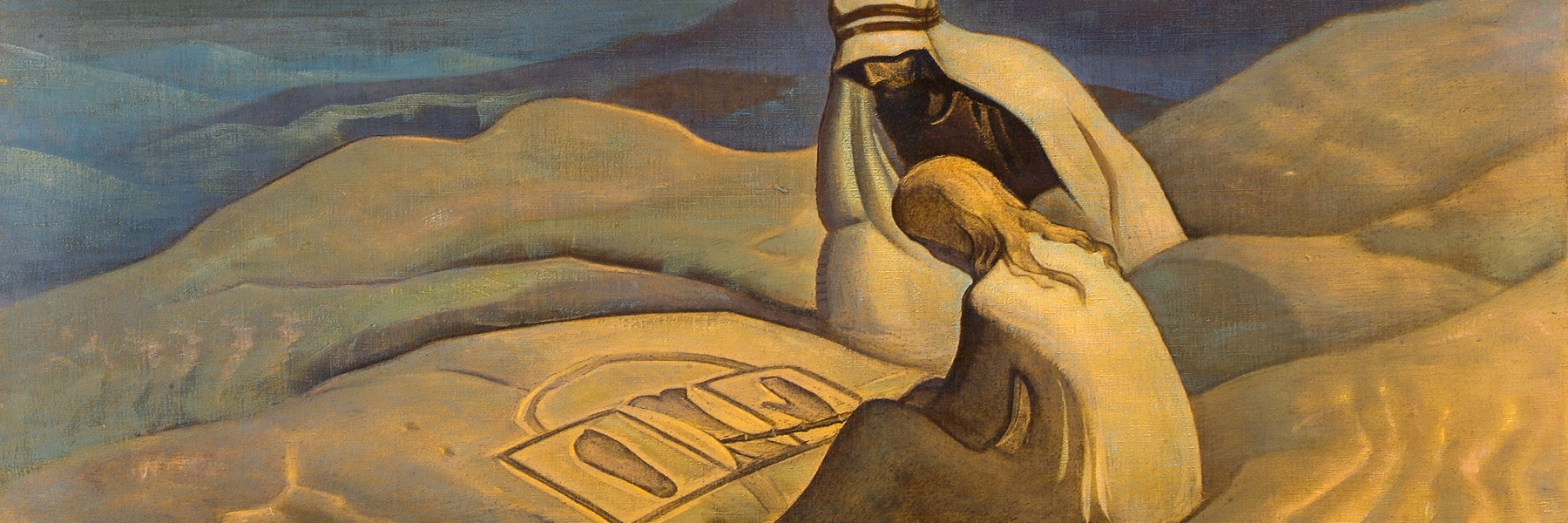Page 8: What is the Difference between a Supersensible Fact and a Personal Opinion?
At a recent meeting of anthroposophists, a comment was made about how enriching it was to hear a number of divergent points of view regarding a particular supersensible topic. This provided a further example of how many students of spiritual science are unclear about the difference between a supersensible fact and a personal opinion.
In the case of natural science, a “fact” is defined as an objective and verifiable observation. In other words, a scientific fact is an observation that has been repeatedly replicated by other scientists and thereby verified as being “true” (or constant). A scientific opinion, on the other hand, is a subjective observation that has not been substantially replicated by other scientists and is therefore considered to be simply a hypothesis or theory.
For anthroposophy to qualify as a science, supersensible facts must be objective and verifiable clairvoyant observations. In other words, equally-developed seers must repeatedly share the same exact supersensible observation for that observation to be considered a spiritual scientific fact, an esoteric truth. In other words, true facts of the higher worlds will never be observed differently by equally-trained clairvoyants. As clearly stated by Rudolf Steiner in a lecture on 16 January 1907:
And just as it is impossible for two mathematicians to teach different things about a theorem, so it is impossible for two individuals who have gained access to higher knowledge to have different inner responses. Mystical things are beyond dispute, just as mathematical concepts are.
Moreover, in a later lecture given on 7 March 1907 Steiner further stated:
The most sublime wisdom, however, always creates the same view for all people. True wisdom is one wisdom that brings all people together in the greatest possible freedom, with no coercion or authority … The great goal of the spiritual science movement is to make it possible for human beings to be free and truly wise. Its mission is to let this truth and wisdom flow into human beings.
This is not to say that there won’t be apparent contradictions concerning supersensible facts, in the same way that several blind observers positioned around a large elephant will obviously experience different aspects of the same object-truth. Clairvoyant researchers positioned apart in the higher worlds may observe the same fact slightly differently. The point is that from the same supersensible perspective, spiritual scientists will not disagree in their observations about the same fact.
From what Rudolf Steiner is quoted here as stating, then, students of spiritual science should be more concerned about coming together to agree on supersensible facts (esoteric truths) rather than contenting themselves with exchanging divergent personal opinions. Cultivating subjective opinion will only encourage ideological discord, while freely-consenting to objective spiritual truth will draw anthroposophists together into more beneficial associations.


A very good read, thank you. I may be being naive here, but is the mention of Gautama Buddha as being taught by Christian Rosencreutz in the sixteenth century (not the sixth) a typo? Also, some of the images heading the ‘misleading thoughts’ are very good. Is it possible their creators be credited, unless they prefer anonymity of course.
Hiya Erno,
Thanks so much for your kind and thoughtful comments.
Regarding the meeting of Christian Rosenkreutz with Gautama Buddha in the sixteenth century, surprisingly this is not a typo. In the words of Rudolf Steiner from a lecture given on 18 December 1912 entitled “Esoteric Christianity and the Mission of Christian Rosenkreutz” (published in The Secret Stream; 2000):
Consequently, around the end of the sixteenth century … that esoteric conference of leaders united Christian Rosenkreutz with … The individual who had incarnated as Gautama Buddha six centuries before Christ also participated.
As for the “Misleading Thoughts” images:
– Page 5: Is artwork designed by Rudolf Steiner for the original Goetheanum interior.
– Page 6: Artist is Russian artist Nicholas Roerich (1874-1947).
– Page 7: Artist is American artist Charles Sindelar (1875-1947), best known for the image on Quaker Oats cereal.
– Page 8: Detail from another painting by Roerich.
– Page 9: Detail from Roerich painting.
only by choosing the title anthroposophical misleading thoughts you are already revealing a lack of modesty ,,the second lack is your all too publick resume of encounters with CR or his messengers, a thing that wise people usually keep to themselvs ,,all the rest , the michael mysteries and the interpretation of what is ment by new mysteries can only be dealt with in a privat meeting ,for now look a bit at the 2 points i mentiond and think also abit about your own mileading thougts
regards
Hello Gad,
Thank you for showing an interest in my website and for taking the time to send me your comments (albeit negative ones).
Regarding the title” “Anthroposophical Leading Thoughts,” this was chosen as a tongue-in-cheek juxtaposition to Rudolf Steiner’s “Anthroposophical Leading Thoughts.” This in no way was an intention to criticize or correct the information of Rudolf Steiner; but rather the misconceptions and misunderstandings held by many present-day anthroposophists (including leading ones). Rather than being “immodest” as you suggest, as a sincere anthroposophist, I consider it a duty to correct any widespread errors that may corrupt true anthroposophical teaching.
As for publicly sharing my own experiences regarding Christian Rosenkreutz (and/or his emissary), I feel it is vitally important these days to re-assure struggling esoteric students that Master CRC is still physically and telepathically active in the world today, and not just in the past. Moreover, Rudolf Steiner also shared his own encounters with “the M” and his emissary; I’m sure for exactly the same “wise” reason as my own.
You suggestions to avoid “public” disclosures, and to reserve information for “private meetings” is out of step with the modern-day requirement to avoid secrecy whenever possible. Furthermore, as with Rudolf Steiner, I’m not a member of any secret society that insists on a vow of silence concerning spiritual knowledge. As a Rosicrucian student, like Rudolf Steiner, I’m entirely free to publicly share any esoteric wisdom that Christian Rosenkreutz has graciously vouchsafed to me.
I discovered your website last evening and have to say I never cease to be amazed
at the people and topics that seem to accidentally come my way. I have many questions
I would love to ask you and discuss with you; but for now I would love to know how
you work out your Catholicism with Anthroposophy when the Church condemned
Anmthroposophy in 1910.
I will stop here to see if you even respond and perhaps we can go further from there.
Thank you
vic
Hiya Vic,
Thanks for your interest and commentary. In answer to your question, I’ve published a book entirely dedicated to the compatibility of Anthroposophy and Catholicism; entitled: The Greater and Lesser Mysteries of Christianity: The Complementary Paths of Anthroposophy and Catholicism (2015). The book is available to order from Amazon.com. It should answer any questions you might have. If not, let me know.
Sincerely,
Ron
Hello dear Ron,
Happy new year 2016 !
I would like to comment on page 6: Rudolf Steiner is the Greatest Christian Initiate of the Twentieth Century (did you forget the ?)
My hook to stumble over is your citation of Mark 9:34-35, which occupies the mind a bit.
If according to Mark (i.e. Christ) the greatest under the servants (initiates) is the one, who comes last and should be servant of all others, then I guess that initiate should have the capacities to come up with a final solution, that is: should also show the willingness to help “ironing out” (outbalance) the differences of opinion of the AAG members and the furious rows fought over the most diverse issues within or outside the AAG already since 1924. Shouldn’t that initiate be somehow the one who indeed shows willingness to outbalance the current state of development even with his next life on Earth – a servile life that also would even need to end abruptly ? Or – how would that solution of the best servant materialize for the AAG you think? If someone is the servant of all – how would that look like?
But that would in that case be the most developed initiate, Christ is pointing to?
In that case, that highly developed initiate/adept/clairvoyant would NOT be R. Steiner or anyone else from his (teaching) ranks, since the problems accumulated since the foundation of the AAG are gigantic and also inextricable intertwined with Steiners diverse initiatives. Or would we even need another perspective as the one taken by the citation from the Gospel of Mark to answer the question of the greatest initiate? You are surely right: We shouldn’t go into the question of the greatest at all. To that extend the citation is correct and at its place. But take care – in my opinion the topic as such is simply not relevant.
Take care and greetings from Hitzacker, Germany
Albert
[Commenting on: Sergei O. Prokofieff]
I have been for some time disturbed by his ‘authority’ and adulation, stemming from firstly his pedigree and copious output of exhaustively footnoted texts bearing quotations from RS which no-one ever really checks of course. His MO is to quote Steiner correctly the first few times then make conclusion implicitely Steiner’s but really his own and wrong. There are many more such mistakes and he got away with it because of his and our own good intentions as members of a spiritual brotherhood so that he was taken on faith
The most serious for me was his fiat that the seasonal dynamic for celebration of the festivals was that of the nothern hemisphere only thus siding with the Christian Community which of course requires and rightly so, to celebrate such festivals globally and simultaneously, and there’s nothing wrong with that. But for the spiritual dynamic behind the year (eg; the 12 Holy Nights) that dynamic which favours human spiritual development go to the seasonal reality (25th June down here and 25th Dec up there in the case of the Holy Nights) for the esoteric student. RS went to a lot of trouble throughout 1923 to give us this aid for approaching the Spirit of the Earth almost, I feel, as consolation or legacy on his passing and to forestall us driving into the ditch, a tragedy of which he was all too aware of and sadly has happened
Dear Ron,
I am very excited to have stumbled across your books on Amazon.com. It is interesting to me that I’ve never come across them before, but they are recent publications. I like the clarity and integrity of your energy and the way you think and write. I am a student of Anthroposphy who thinks very much like yourself I suspect. Anyway, it is wonderful that you have written these books and have a website up!
Is it possible to gain an ebook version of your works?
My comment is as follows: you mention that many “Anthroposophists” accept uncritically many ideas of certain authors and ‘authorities’. I want to say that such uncritical acceptance is non-anthroposophical and thus, a contradiction in terms. No true anthroposophist would accept something as important as the mistakes you outline without, at the very least, checking them against reason, experience, and the clear statements of Steiner. Because (in my opinion) most people who follow his teachings are mainly passive receptors of dogmatised and stereotyped ideas, they have neither the knowledge or ability to reflect clearly on this. By definition, they are not true Anthropsophists. This might seem harsh but I see it as a clear truth. It seems to me that the Anthroposophical society is, or is in danger of going down the same path as the early church, in its esoteric side. That is, in a negative sense, especially as the AS isn’t a true religious vehicle or tradition.
What do you think? Thanks for your time and work,
Sincerely,
Asher